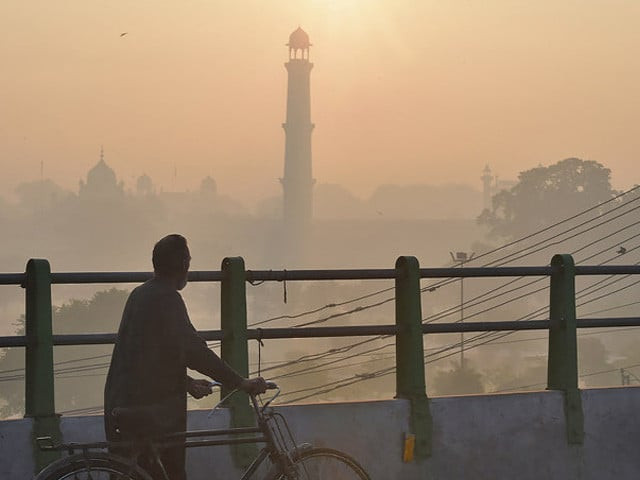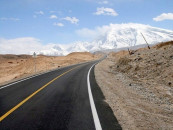Another year of Lahore’s worsening air pollution crisis
AQI readings for the provincial capital have earned it a place among the most polluted cities in the world

Much like the year before, Lahore’s populace will go into a new year barely being able to see or breathe during the winters owing to the city’s air pollution woes. This year too, like the year before and the one before that, Lahore consistently featured on the most polluted cities in the world list given its Air Quality Index (AQI) readings which crossed 400 US AQI on some days - classified as hazardous air.
On other days, when the AQI readings for the city dwindled between 150 US AQI and 200 US AQI residents were lucky to have just unhealthy air instead of hazardous air. Ever since the arrival of winter, environmental experts and residents alike have been voicing their displeasure on social media and other forums over the government’s false promises vis a vis tackling air pollution.
However, it seems that the social media campaigns have fallen on deaf ears as mega polluters like industrial units and vehicles continue to pollute the air with impunity. “According to various reports, over the past 20 years, transportation has been the primary source of pollution as vehicle exhaust is responsible for 50% of pollution.
Then there are polluters like diesel and coal-fired power generating units. The government has failed to curb these polluters,” remarked Ahmad Rafay Alam, an environmental law expert based in Lahore. Alam further said that the government’s only course of action every smog season is to ban brick kilns and burning crop residues “but nothing actually transpires from these bans.” It is pertinent to mention that every time the city’s AQI index reading crosses 200 US AQI, which is almost a daily occurrence for Lahore, the fine particulate matter (PM 2.5) concentration, goes well above the recommended World Health Organisation’s (WHO) air quality guidelines.
For instance, a recent reading of Lahore’s AQI stood at 230 US AQI, which translates into a PM 2.5 concentration 36 times higher than the WHO’s guideline values. The readings are troubling because a higher PM 2.5 concentration not only reduces visibility and causes the air to appear hazy but are also a threat for human health. Director of the provincial Environment Protection Agency, Naseem Rehman, when quizzed about the city’s hazardous air, said that the department had taken many initiatives to curb pollution levels this year.
“Even before the smog season started, we began scheduling meetings with representatives of brick kiln owners and industrialists to convince them to put in place improved pollution control systems,” Rehman explained, adding that interestfree loans were also offered so that such environmental friendly systems could be implemented.
“Furthermore, the provincial industries department has allocated Rs 10 to 12 million for the emission control system installation programme.” The EPA Director claimed that this time around the intensity of the smog and the air pollution levels were much lower as compared to the previous year because of the department’s timely actions. “Our special anti-smog squads have been working all year and their efforts have borne fruit,” said Rehman. However, Alam, the environmental lawyer, disagrees.
“The anti-smog squad exists because the government wants to appease the courts. The squad has failed to take action against any major factory or plant. Therefore, it only looks good on paper,” Alam opined while talking to The Express Tribune.



















COMMENTS
Comments are moderated and generally will be posted if they are on-topic and not abusive.
For more information, please see our Comments FAQ